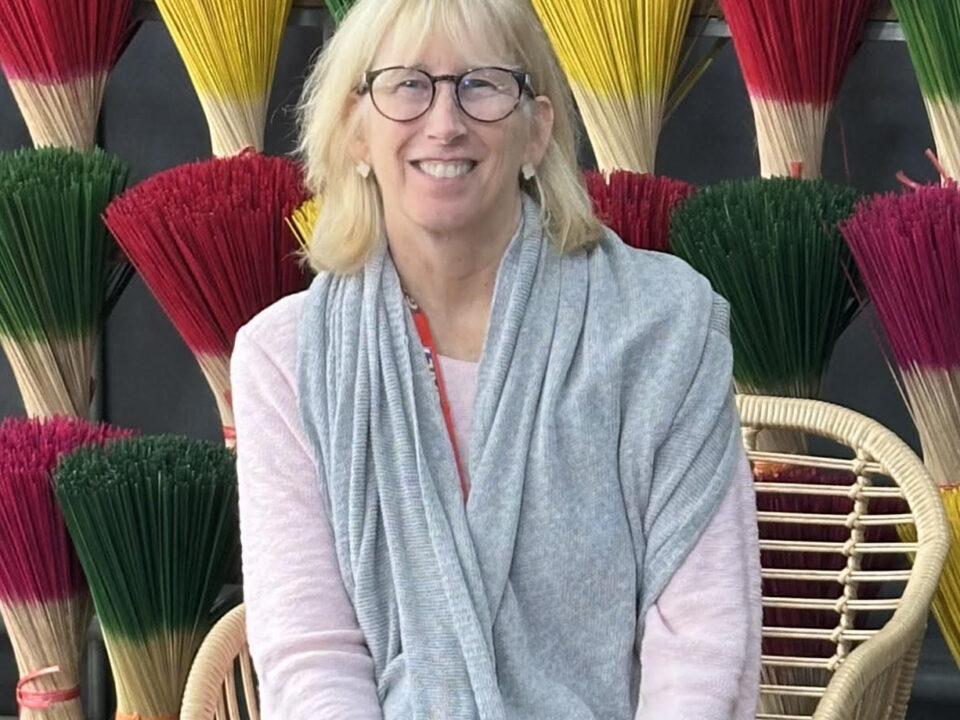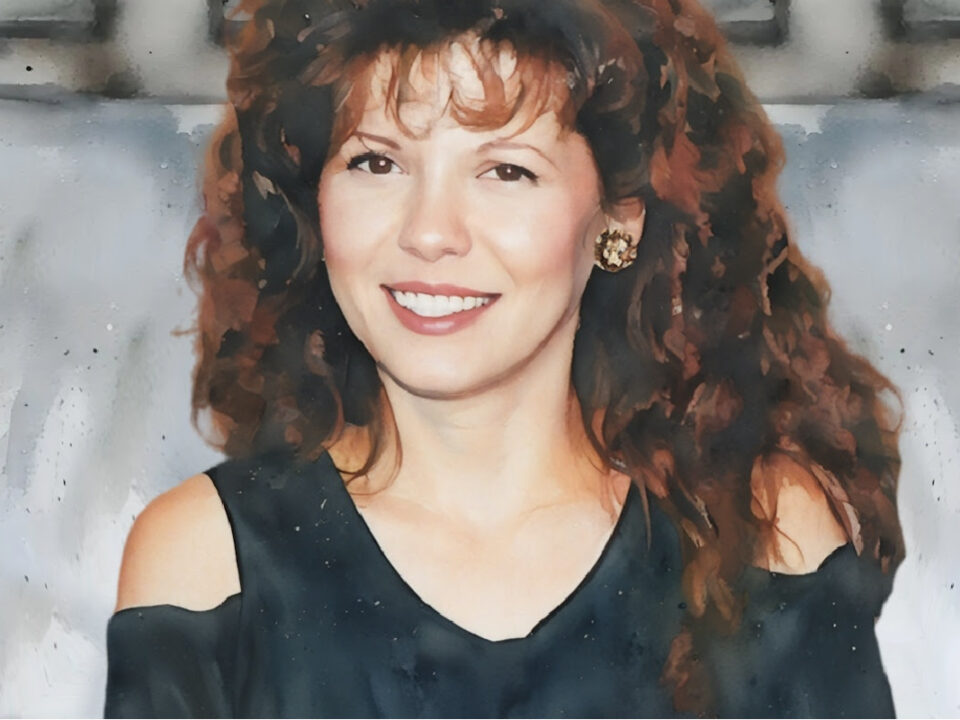Mind Magic. Rewiring Success: How Neuroplasticity Shapes Our Brains and Futures
May 25, 2024
Where is Curiosity Taking You?
June 10, 2024Everyone is both strong and weak, usually from the same source. Instead of trying to fix someone or even trying to change yourself, I have a four-part theory you might consider.
This theory came to me after looking for answers in more than 30 journals I’ve written with daily entries for several decades. On top of that, I went through thousands of notes taken at one-to-one sessions with executives and boards of directors work sessions. I noticed so much gold, still buried deep in the mines of a million connections called their brains.
Because each human is different, the journey through strengths, weaknesses, and self-actualization goes through territory that many failed to map as they traveled through it. They were so busy doing and rushing to the next thing, they got lost. Without provisions, without a map, and without a guide to get out or go back—now what?
With that discovery, I found my gift and was then able to bring that gift to others, like me, but still coming up, several years behind me. I transformed from a consultant to certification associations to a wise guide for high-intelligence professionals and communicators. Each human is different but the transformation journey I completed and documented has similar trail markings, such as time, challenges, flops, triumphs, doing the work to achieve the goal, eliminating delays and detours, and the process of becoming, while loving, living, and paying attention.
My theory has four parts and I’ll show you a way to unpack it. Most of my learning happens by observing, asking questions to make sure things are clear and truthful, and looking at the world in a fresh new way—today—exactly as you see it and not my opinion or bias.
Start with awareness.
Every professional who stepped into my life or the community of Gifted Professionals and Communicators—100% and without exception- has gone through multiple assessments. There are hundreds of ways we gauge our strengths and actively look for indicators or insights into how we think, behave, and are likely to approach or avoid life’s challenges and celebrations.
Our curiosity about life is innate and we always want to know what makes us tick, happy, sad, inspired, or defeated. These assessments range from very private and unpublished, such as meditation, journaling, and some self-assessment tools we discover online, in books, and in articles written by professionals who ground their work in science. Other assessments are those administered by others and often shared (by you) with others, such as the Myers-Briggs Type Indicator (MBTI), Strengths Finder by Gallup, the Fascinate System, and many others.
Most likely, you took those tests in the name of career advancement. It took years of experience and life’s lessons to turn your head to the bigger reason for assessment, which is to finally figure out who you are and what matters for the rest of your life.
A search for self-assessment tools will reveal a confusing array of tools and here’s the thing about most of those. They were created to help you fit in and get along with society as part of your exercise in professional development.
Ponder this for a moment. If the world—and you, in particular, shift to self-employed instead of working for someone else, how much self-assessment do you need and who will administer and score the test?
Shift to awareness for your understanding of strengths, weaknesses, and boundaries
Two profound truths emerged as we interviewed hundreds of professional leaders in charge of their own lives as well as responsible for millions of dollars of someone else’s business.
Better assessments and understandings take extra learning. For that to work, there is a lot of unlearning and truth-seeking which most of us have never done—until we hit a wall or hit bottom or face a major transition that we knew was coming and now it’s here.
We’ve written about some of these new learning experiences and here’s the summary of sources we’ve used and so have many in our community, to help you unpack your strengths, and weaknesses, and find the boundary lines for your safety, happiness, inspiration, and connections with others. We did this with these resources:
Your Rainforest Mind: A Guide to the Well-Being of Gifted Adults and Youth
The Gifted Adult: A Revolutionary Guide for Liberating Everyday Genius(tm)
Exceptional Talent: A Guide for the Gifted, The Inventors and Other Birds of a Rare Feather
The 5 Levels of Gifted Children Grown Up: What They Tell Us
Sovereign: Reclaim Your Freedom, Energy, and Power in a Time of Distraction, Uncertainty, and Chaos
All of these sources have self-assessment tools and instructions for guiding you through hundreds of baby steps necessary to arrive at a better place than where you might have landed if you continued to grind it out as you have most of your life.

You Can’t Fix People
What good is all of this self-assessment and mind-blowing insight into who you are at your core and will always be? What good is knowing about strengths and weaknesses?
The answer is in the liberation of yourself and the best part is you are the one totally in charge of everything.
The liberation comes in the form of wisdom gained through these sources and the experienced guide, like me and others in our community who arrived at the clear and simple explanation that every strength you have sometimes shows up as an equally powerful weakness that causes harm, damage, and problems for people near you.
I am testing this theory in conversations with professionals, communicators, and high-intelligence members of our community and with hundreds of other valued people in our network.
One part of the theory says the smartest people in my world have wasted precious time trying to fix themselves or others. They’ve done this without knowledge or practice that all behavior and change come from inside. They’ve done this without periodic assessments of their own needs and desires and with little to no knowledge about brain science and plasticity.
Another part of the theory says relationships with others will change for the better and go at the speed of understanding the entire list of strengths and weaknesses.
Suppose your strengths include fast thinking, intuition, many brilliant ideas at the same moment, and a high-energy work ethic. Everyone can see you are good at finding a path through complexity without wilting at the criticism from the sideline. The truth is this is simply who you are and you don’t need a lot of approval from others. The problem side of this strength is you are so far out ahead of others, that you talk over others to get some enthusiasm or help in what you are doing. The problem side of this is isolation and critical words from others who fear your bold path forward has not been slowly considered and therefore, dangerous.
I can unpack more than 157 other traits that may show up as weaknesses. All of these flaws are superpowers. Everything you think is “wrong” about you or someone else can easily flip into a superpower. How to spot it, unpack it, and turn it into a beautiful balance of brilliance, just on the edge of crazy is what I do in my consulting with high-intelligence communicators and professionals.

Boundaries and Guardrails Keep You Alive
For now, let’s shift into the final part of the theory and that is boundary setting. This works on yourself. This works with others. If you try to fix the flaw, you risk forcing yourself or whomever you are trying to fix into breaking what is the essence of amazing.
The change you want to see in yourself or someone else is not real or lasting when you force something based on your internal motivations. This is why amplify instead of fix is an approach that starts at a person’s core—inside their brain, inside their heart, and for all the reasons why something matters to them.
There comes a point in every relationship where the weakness crosses the line and it’s not okay. Start with yourself and think of something that has become unhealthy or foolish. Your choice is to draw a boundary and set some rules for the time ahead—immediate and longer. Your choice is to continue without boundaries and that’s the relationship you must end. Or else.
Whether it is the relationship you have with yourself, with family members, or with professional partners, the cost of ending it all ranges from anxiety and depression—all the way to your death. That’s why knowledge of all of the strengths and weaknesses matters. It’s the way you can find the areas where you can amplify.
What do you think happens when you take that person in our example, the one who is fast thinking, intensely intuitive, forms many brilliant ideas at the same moment, and has a high-energy work ethic and you show them how to turn talking over others into deep listening skills? Shut up and put that genius to work on finding better questions. What do you think happens when that person learns that every great thought they have comes with three excellent questions that others near them need to answer? What do you think happens when you show someone how to amplify their compassion and hypersensitivities into caregiving for themselves and a few others who love them?
Here’s what I observed:
Energy: Human values deployed, like compassion and gratitude, benefit both your physical and mental health.
Awareness: You will get to know yourself like never before. You will have total control over triggered emotions like anger, fear, and anxiety.
Power: Your personal power grows as you learn to energize yourself, and others, and set boundaries while taking care to fill your own tank.
Healthy boundaries: This is the most useful skill you can learn because it allows you to respect yourself and others. Long-term benefits outlast any short-term discomfort in learning a clear and confident, “no”.




